On September 23, Uranium Energy Corp (UEC) made a historic announcement to buy 100% of Rio Tinto’s Wyoming assets. These assets include the fully licensed Sweetwater Plant and several uranium mining projects with about 175 million pounds of uranium resources. This huge acquisition must have a huge price tag attached. So, what is its worth?
Unlock below.
Unlocking the UEC and Rio Tinto Deal Value
The total cost of the deal is $175 million, which UEC will pay using its available funds. UEC disclosed in the press release that it is buying 100% of the shares in two Rio Tinto subsidiaries that hold its Wyoming uranium assets. As part of the deal, UEC will replace $25 million in surety bonds for future reclamation costs. The deal is expected to close in the fourth quarter of 2024 after fulfilling all the standard conditions.
Amir Adnani, President and CEO, stated:
“Expanding our production capabilities with the acquisition of highly sought after and fully licensed uranium assets in the U.S. is an important and timely milestone, especially in Wyoming, where we have recently restarted ISR production. These assets will unlock tremendous value by establishing our third hub-and-spoke production platform and cement UEC as the leading uranium developer in Wyoming and the U.S.”
UEC Expands Its Uranium Portfolio, Builds the 3rd Hub in the U.S.
Donna Wichers, Vice President of Wyoming Operations remarked exuberantly,
”In my 46 years of operating experience in Wyoming, this is the first time that such a large portfolio of assets has been consolidated with one company, offering a pathway to near-term production, development and untapped exploration potential.”
UEC has gained 12 uranium projects in Wyoming’s Great Divide Basin. By acquiring Rio Tinto’s Sweetwater Plant and uranium projects, UEC creates its third U.S. hub-and-spoke production platform, unlocking the potential of its extensive assets. It includes access to licensed uranium facilities and mining resources.
Notably, The Sweetwater Plant, capable of processing 3,000 tons per day and 4.1 million pounds annually, offers flexibility for both ISR and conventional mining. As said before, a complete acquisition adds around 175 million pounds of uranium resources. Half can be mined using cost-effective ISR methods, which UEC will prioritize, while conventional mining will provide future growth opportunities. Thus, there’s a lot of flexibility in the production process.
On September 15, 2022, UEC filed the S-K 1300 Technical Report Summary, revealing resources for its Wyoming Hub-and-Spoke ISR Platform.
A MESSAGE FROM URANIUM ROYALY CORP.
NASDAQ’s Sole Uranium Focused Royalty Company
The company is Uranium Royalty Corp., trading as (NASDAQ: UROY, TSX: URC), holding a strong portfolio includes strategic acquisitions in uranium interests with royalties, streams, equity in uranium companies, and physical uranium trading. Their strategic approach aims to support cleaner, carbon-free nuclear energy while fostering long-term relationships based on sustainability principles.
Learn about the company’s portfolio of royalty assets and uranium holdings >>
NASDAQ: UROY | TSX: URC
*** This content was reviewed and approved by Uranium Royalty Corp. and is being disseminated on behalf of Uranium Royalty Corp. by CarbonCredits.com for commercial purposes. ***
Other Uranium Projects Bolstering UEC’s Resource Base in The Great Divide Basin
UEC also gains 53,000 acres of land and valuable geological data from Rio Tinto, increasing its exploration footprint to 108,000 acres in Wyoming’s Great Divide Basin. Other than the Sweetwater Plant, UEC will be adding Red Desert and Green Mountain uranium projects to its portfolio.
Red Desert Uranium Project
The Red Desert Project covers 20,005 acres in Wyoming’s Great Divide Basin. The project has about 42 million pounds of uranium resources across three deposits, with potential for more discoveries near the Sweetwater Plant. These deposits are conducive for ISR mining, as the uranium lies below the water table in sands confined by impermeable layers.
Green Mountain Uranium Project
Located 22 miles from the Sweetwater Plant, the Green Mountain Project spans 32,040 acres of mining and exploration rights. It holds an estimated 133 million pounds of uranium resources across five deposits. Some areas are suitable for ISR mining, while others are better for conventional methods.
Adnani further added,
“With this Transaction, we are building upon our transformative acquisition of Uranium One Americas in 2021, which added a large portfolio of holdings in the Great Divide Basin of Wyoming. We recognized early on that there are meaningful development synergies with the Rio Tinto assets, particularly the Sweetwater Plant.”
Map: Shows the position of Rio Tinto’s assets relative to the existing UEC portfolio in the Great Divide Basin

Source: UEC
Empowering America’s Uranium Future: A Stronger Domestic Supply
On May 13, President Biden signed the Prohibiting Russian Uranium Imports Act, a significant law to enhance America’s energy and economic security by reducing reliance on Russian nuclear power. This legislation reestablishes U.S. leadership in the nuclear sector and secures the country’s energy future. With $2.72 billion in funding, it increases domestic enrichment capacity and demonstrates a commitment to long-term nuclear growth while promoting a diverse market for reliable commercial nuclear fuel.
With growing clean energy demand and a U.S. ban on Russian uranium, UEC is well-positioned to meet the increasing need for domestic uranium. Another recent big news was Microsoft’s partnership with Constellation Energy to revive Three Mile Island by 2028, generating over 800 megawatts of carbon-free energy.
Three Mile Island (TMI) in Pennsylvania is a significant site in nuclear energy history, known for the severe accident in 1979 that led to the closure of TMI-Unit 2. TMI-Unit 1 continued operations until 2019 when it was shut down due to economic reasons. However, this is a huge initiative amid the surge in nuclear energy, uranium demand, and of course AI expansion.
- With global growth in nuclear energy and demand for uranium, the US is currently the largest consumer of uranium.
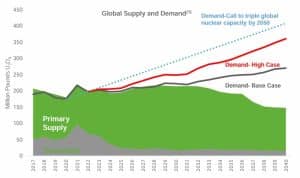
Source: UEC
In conclusion, this recent acquisition of Rio Tinto showcases UEC’s dedication to establishing itself as the leading uranium company in North America, while also strengthening domestic supply chains to meet the rising demand for clean energy.
- MUST READ: The Atomic Awakening


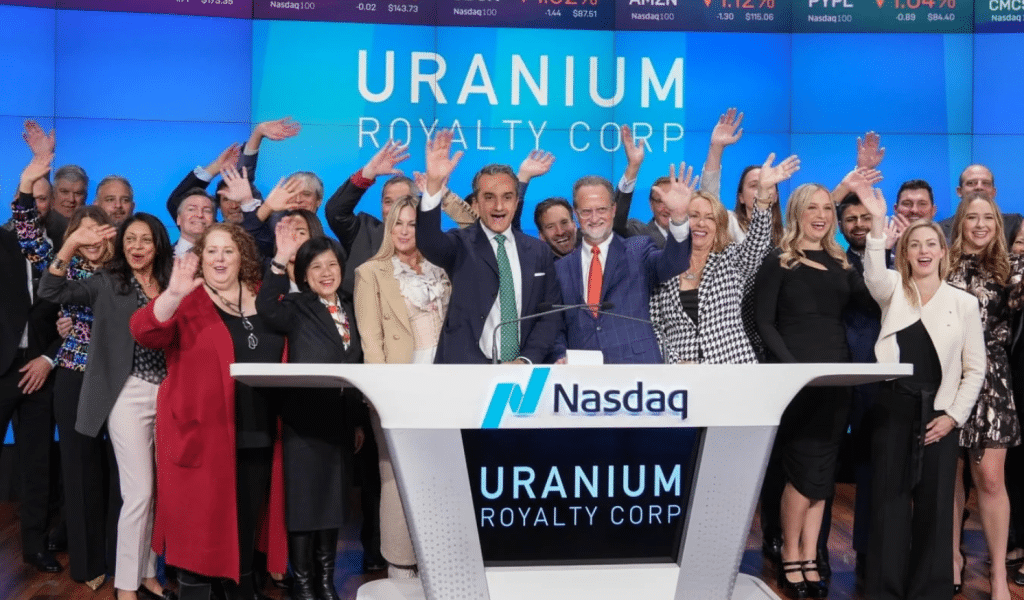

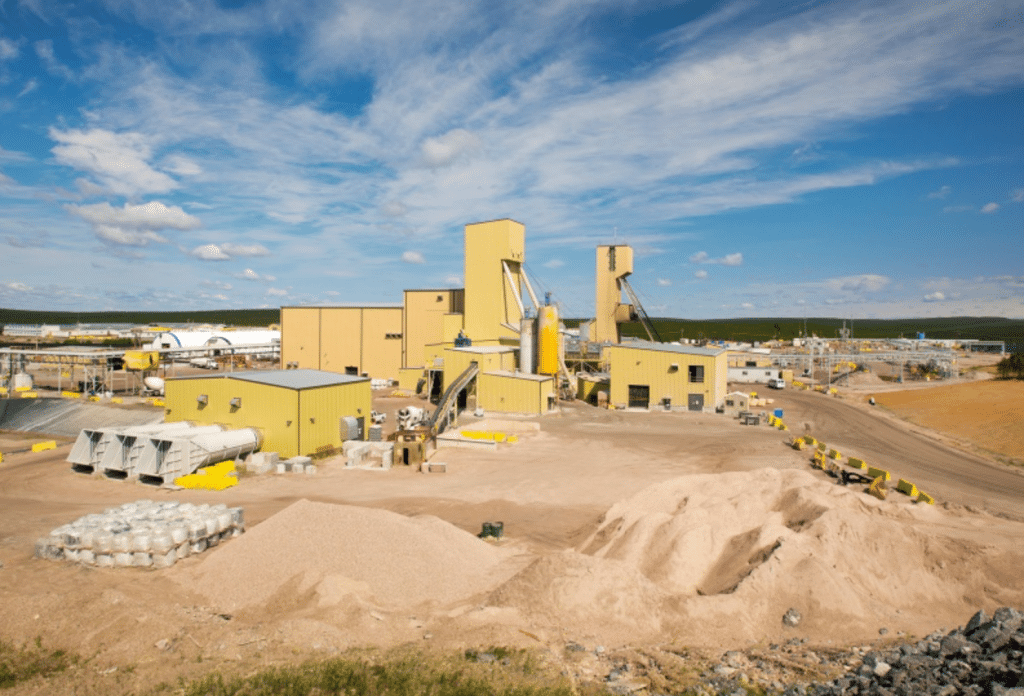
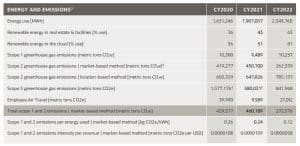

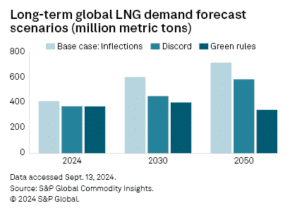





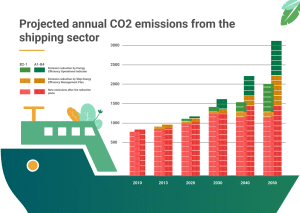

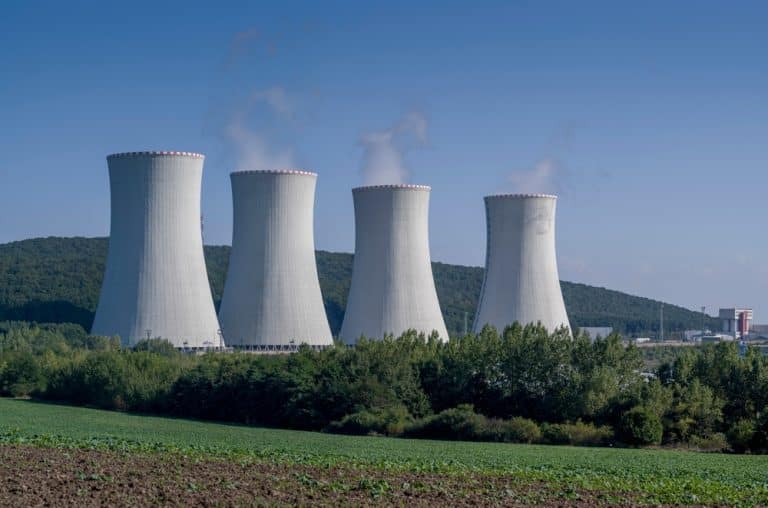
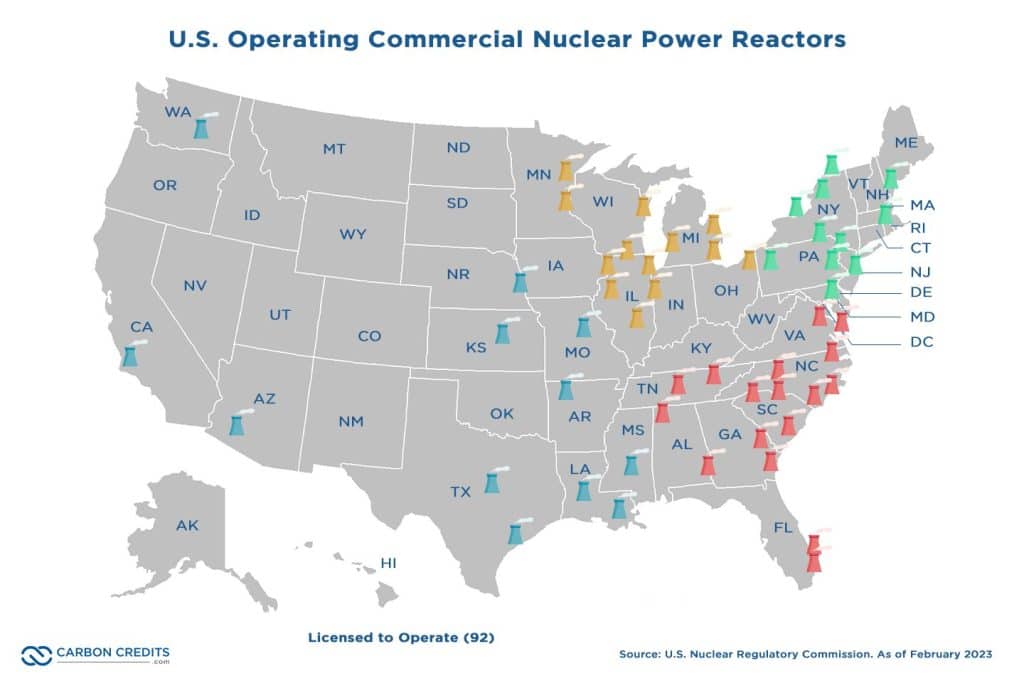
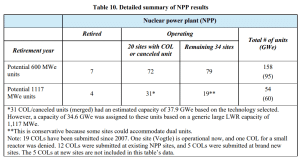
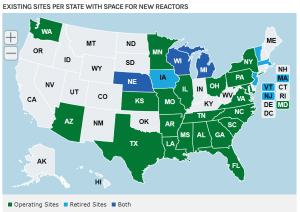

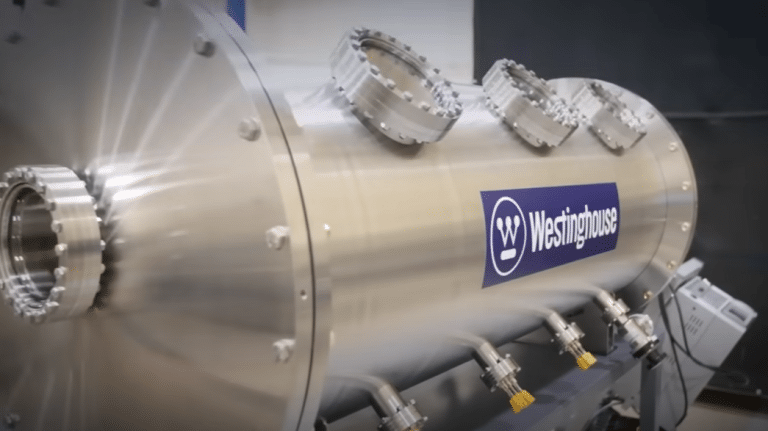
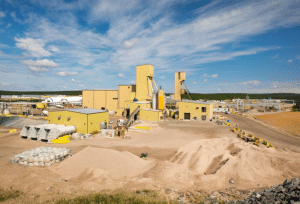


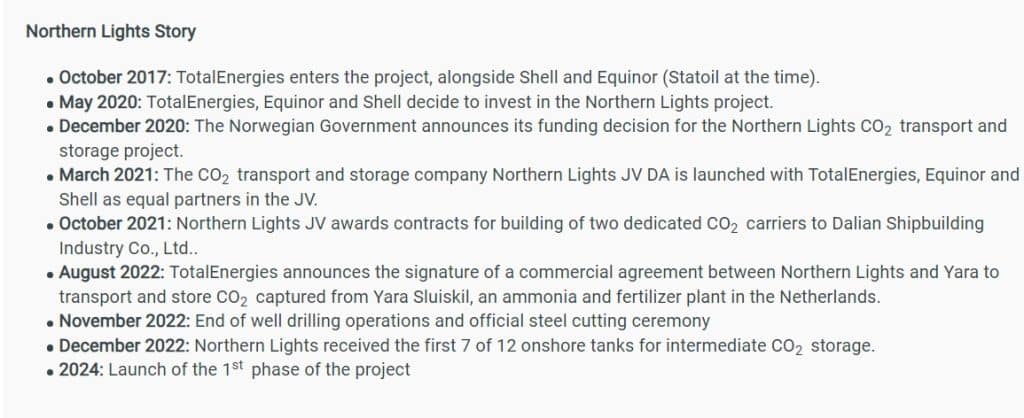 Source: TotalEnergies
Source: TotalEnergies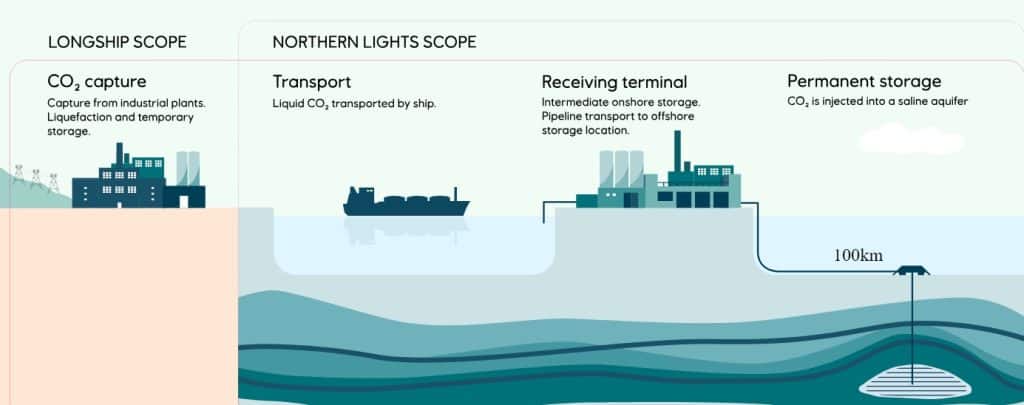
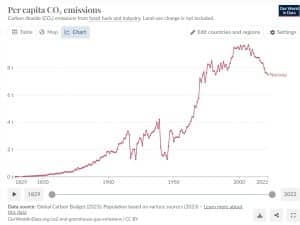
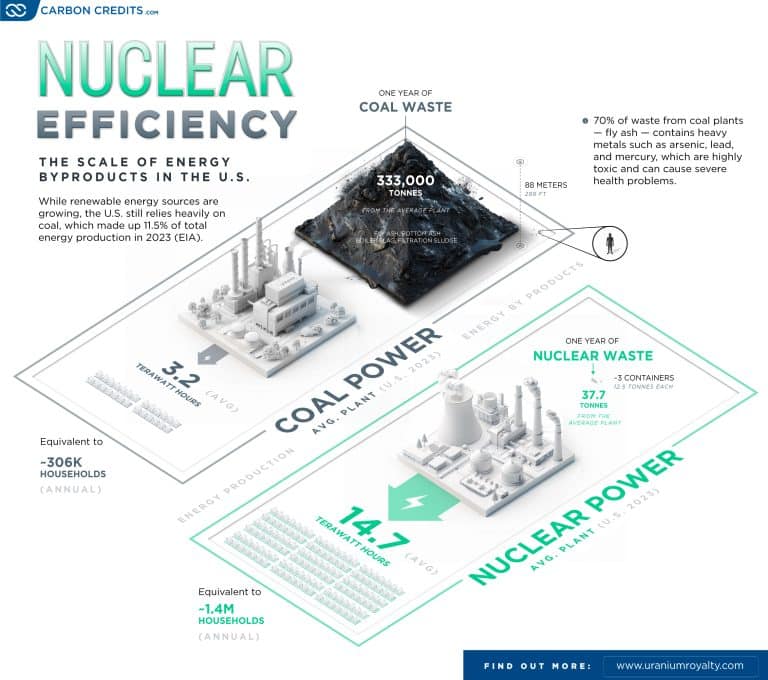

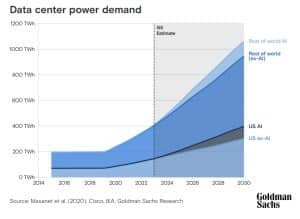 The report warns that as generative AI becomes more popular, data centers may produce three times their current CO2 emissions. In addition to high carbon output, data centers consume large amounts of water for cooling, escalating environmental concerns. Water usage has risen by two-thirds since 2019 in areas heavily populated with data centers.
The report warns that as generative AI becomes more popular, data centers may produce three times their current CO2 emissions. In addition to high carbon output, data centers consume large amounts of water for cooling, escalating environmental concerns. Water usage has risen by two-thirds since 2019 in areas heavily populated with data centers.